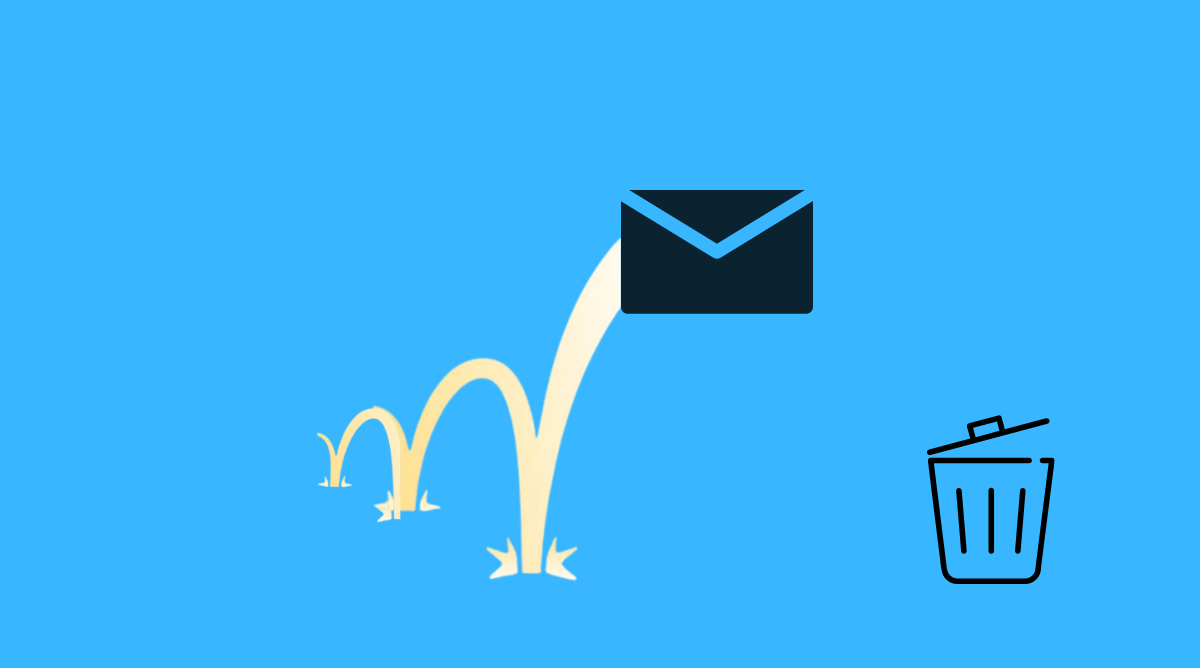Email Bounces: Why They Happen & How to Fix Them

Email marketing remains a cornerstone of successful digital strategies. Yet, email bounces—emails that fail to reach recipients—can significantly undermine your efforts. Understanding why these bounces happen and how to mitigate them is essential for marketers aiming to optimize their campaigns, enhance deliverability, and boost engagement. In this detailed guide, we explore the intricacies of email bounces, their causes, and their broader impact on your marketing strategy.
What Is an Email Bounce?
An email bounce refers to the scenario where an email you send is returned as undeliverable, never reaching the recipient's inbox. Understanding the types of bounces is crucial:

- Hard Bounce: This occurs due to permanent reasons such as an invalid email address or a non-existent domain. Hard bounces must be promptly removed from your mailing lists.
- Soft Bounce: This is temporary, often occurring due to issues like a recipient's full inbox, temporary server outages, or email message size exceeding server limits. Soft bounces typically resolve on their own but require monitoring.
Common Causes of Email Bounces
To effectively address email bounces, it’s vital to understand why they happen. Here are the most prevalent reasons:
1. Invalid or Incorrect Email Addresses
- Typographical Errors: Commonly occur during manual data entry.
- Outdated Contact Lists: Emails that were valid previously but have become inactive or deleted.
2. Recipient’s Mailbox is Full
- Subscribers who do not regularly clear their inboxes exceed their allocated storage limit, causing temporary bounce issues.
3. Recipient Server Issues
- Email servers may experience downtime or technical glitches, temporarily preventing message delivery.
- Maintenance or overload of the recipient's email servers can trigger soft bounces.
4. Spam Filters
- Content flagged as spam by recipient email servers (excessive links, inappropriate language, or trigger phrases).
- Misconfigured email authentication such as SPF, DKIM, or DMARC, causing email servers to distrust your messages.
5. Blacklisted Domains or IP Addresses
- If your sending domain or IP address is identified as a source of spam due to high bounce rates or complaints, it gets listed on public blacklists, severely restricting deliverability.
The Impact of Email Bounces on Your Marketing Efforts
Email bounces are not merely a technical inconvenience; they significantly impact the effectiveness and efficiency of your marketing campaigns:
Damaged Sender Reputation
- High bounce rates indicate poor email list management to ISPs and email service providers (ESPs), adversely affecting your sender score and email credibility.
Reduced Email Deliverability
- Persistent high bounce rates increase the likelihood of your future emails landing in spam or junk folders, reducing open rates, engagement, and conversions.
Declining Campaign ROI
- Lower deliverability directly translates to fewer clicks, interactions, and ultimately conversions, leading to diminishing returns on your marketing investments.
Identifying and Analyzing Email Bounces
Proactively managing email bounces involves careful analysis and monitoring:
- Analyzing Bounce Codes: SMTP bounce codes provided by your email service provider can offer detailed insights into specific delivery failures, guiding corrective actions.
- Regular ESP Analytics and Reporting: Reviewing bounce rate reports regularly allows marketers to detect patterns early, enabling proactive measures.
Practical Strategies to Reduce Email Bounces
Implement these best practices to significantly minimize bounce rates and enhance your email deliverability:
1. Maintain Regular Email List Hygiene
Regularly cleaning your email list is essential:
- Remove Invalid Addresses: Promptly eliminate hard-bounced addresses to protect your sender reputation.
- Update Contact Information: Regularly prompt subscribers to update their information to keep your list fresh and accurate.
- Re-engagement Campaigns: Periodically re-engage inactive subscribers; remove those who remain unresponsive.
2. Implement Double Opt-In
Using double opt-in methods helps ensure your list consists of genuinely interested and verified subscribers:
- Verification Step: Subscribers confirm their email address, significantly reducing the risk of typos and fake addresses.
- Higher Engagement: Users who opt-in twice are typically more engaged and responsive.
3. Utilize Email Verification Tools
Leverage specialized email verification services to:
- Instantly Identify Invalid Addresses: Detect incorrect or disposable email addresses before sending your campaigns.
- Real-Time Validation: Integrate verification into your sign-up process to proactively maintain list quality.
4. Optimize Email Content
Avoiding spam triggers in your content significantly boosts deliverability:
- Avoid Spammy Language: Steer clear of phrases commonly flagged as spam.
- Balanced Formatting: Limit excessive use of bold text, uppercase letters, and numerous hyperlinks.
- Personalization: Tailored, personalized emails are less likely to be flagged as spam and yield higher engagement.
5. Setup Proper Authentication Protocols
Correctly configuring email authentication protocols is critical:
- SPF (Sender Policy Framework): Ensures your domain only sends emails from authorized IP addresses.
- DKIM (DomainKeys Identified Mail): Adds a digital signature to your emails, confirming authenticity.
- DMARC (Domain-based Message Authentication, Reporting & Conformance): Provides clear instructions to email servers on handling suspicious emails from your domain.
Best Practices for Ongoing Bounce Rate Management
Consistent management practices are essential for sustained email deliverability:

Regular Monitoring and Analysis
- Routinely review bounce metrics and analytics provided by your ESP.
- Quickly respond to spikes or unusual patterns in bounce rates.
Segment Your Audience
- Focus your outreach on active and engaged subscribers.
- Tailor communications based on user behavior, improving relevance and deliverability.
Establish Feedback Loops
- Set up processes to handle spam complaints and unsubscribes efficiently.
- Act promptly on feedback, refining your email marketing practices continually.
Leveraging Advanced AI Tools
Integrating advanced AI tools can dramatically enhance email outreach effectiveness:
- Automated Lead Management: Platforms like Floworks.ai leverage AI to ensure targeted and verified outreach, improving deliverability and reducing bounce rates.
- Predictive Analytics: AI tools can predict subscriber engagement and suggest optimal times for sending emails.
Conclusion
Effectively managing email bounces is crucial for successful email marketing. By regularly maintaining list hygiene, optimizing content, using proper authentication protocols, and leveraging advanced tools, marketers can significantly reduce bounce rates and enhance their campaign results.
Start leveraging AI-powered solutions today—visit Floworks.ai to discover how you can elevate your email marketing and ensure higher deliverability and engagement.

